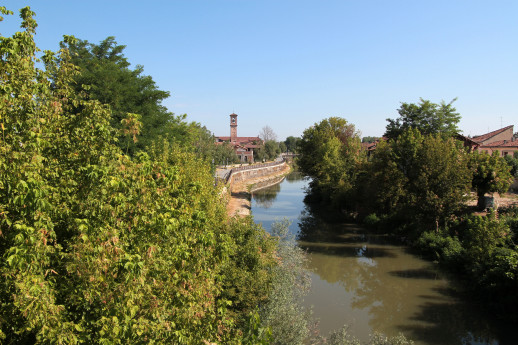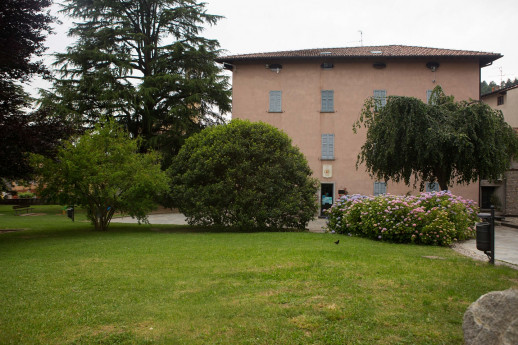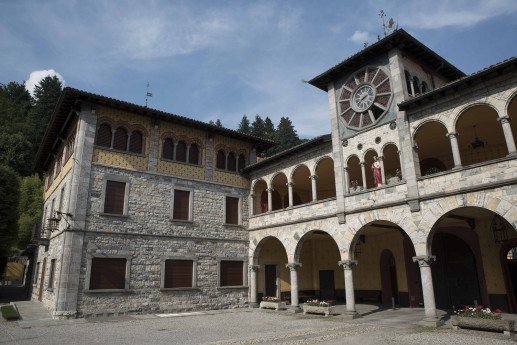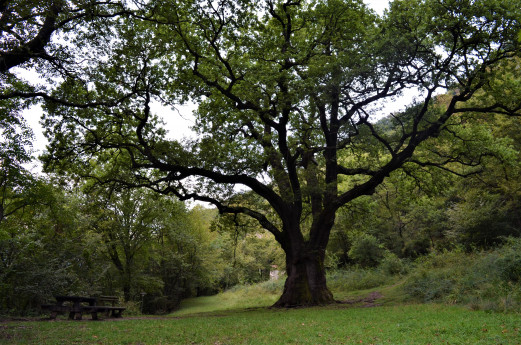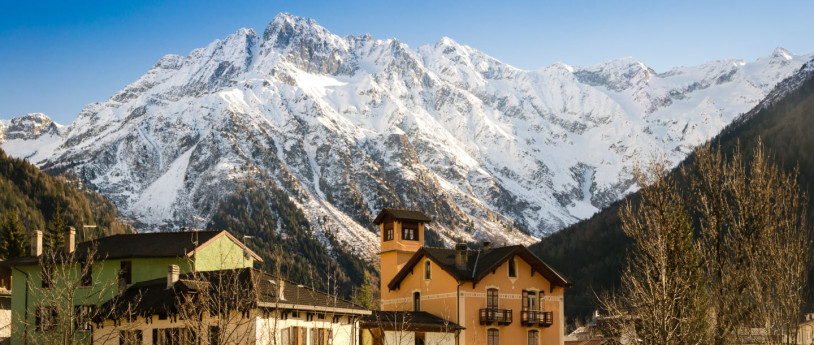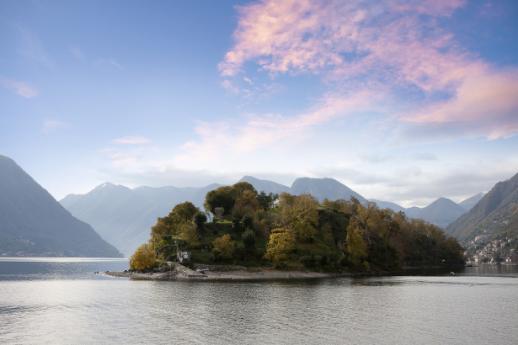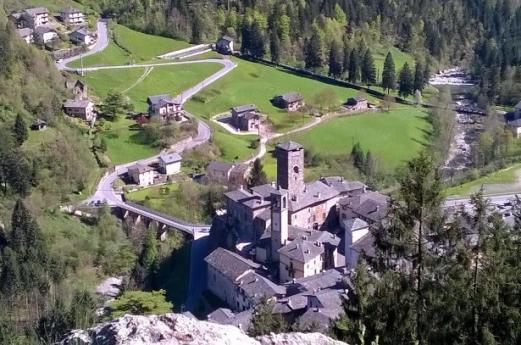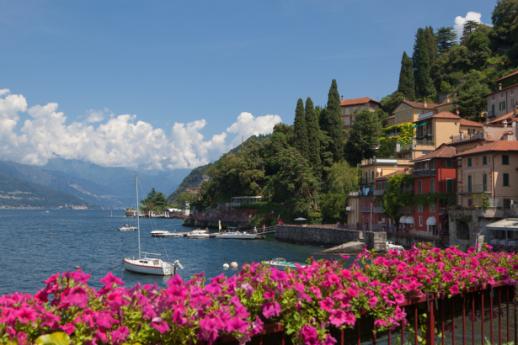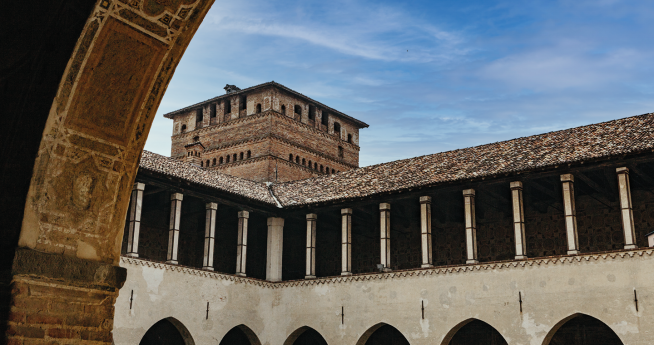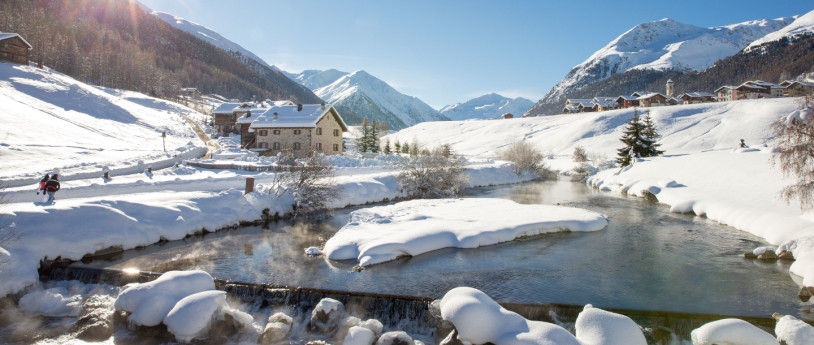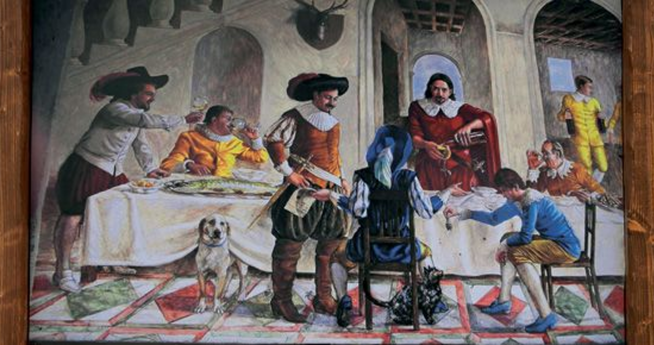Dorno
In the heart of Lomellina, between the Po and Ticino rivers, lies Dorno, a quiet village in the province of Pavia that combines ancient history, rural landscapes, and genuine traditions. It’s an ideal destination for those who love slow and authentic travel, among rice fields, tree-lined roads, and old farmsteads surrounded by nature. History and origins The origins of Dorno date back to the Bronze Age, as shown by archaeological finds near Montalbano and Cascina Santa Maria. During the Roman era, the area was crossed by a consular road connecting Pavia with Lomello, and Dorno was mentioned as a mutatio, a stopping place for travelers and horse changes. In the Middle Ages, Dorno belonged to several local lords and later came under the rule of noble Lombard families during the Visconti and Sforza periods. In the 18th century it became part of the Savoy territories, and after the Unification of Italy, it was included in the province of Pavia. In more recent history, the Bonacossa family from Dorno played an important role in the development of the silk industry throughout Lomellina. What to see The spiritual and architectural heart of Dorno is the Church of Santa Maria Maggiore, built in the 19th century on the remains of a medieval parish church already documented in 1187. Inside, visitors can admire notable artworks, including the painting Mater amabilis and an 18th-century Lombard-school altar. The historic center preserves picturesque corners and echoes of the town’s agricultural past, while the surrounding Lomellina countryside offers a landscape of rice fields, irrigation canals, and old farmhouses—perfect for peaceful walks or cycling tours. The municipal coat of arms, showing two marble columns, recalls the ancient locality of Ad duas columnas mentioned in Roman and medieval records. For sports lovers, Dorno is also home to the Motocross Dorno track, a well-known venue for national competitions and events. Traditions and flavors Dorno is renowned for its Zucca Bertagnina, a local pumpkin variety with sweet, firm flesh, recognized with the De.Co. (Municipal Designation of Origin) label. Every October, the village celebrates this product with the Sagra della Zucca Bertagnina di Dorno, one of the most popular festivals in the province of Pavia. The event features traditional dishes, music, local crafts, and a warm, rural atmosphere. Visitors will find welcoming farmhouses and B&Bs set amid the countryside—perfect for a relaxing stay and a taste of authentic Lombard cuisine. How to get there Dorno is easy to reach by car from Pavia (about 25 km) and Milan (about 50 km), following the Provincial Road 206. It is also an excellent stop along the cycling routes of Lomellina and the historic Via delle Gallie, which wind through fields, canals, and quiet rural villages. Discover Dorno and its surroundings Dorno is an ideal destination for travelers who wish to experience the true, unspoiled Lomellina—a place where history, nature, and tradition meet in a small, charming village that still preserves the peaceful rhythm of the Pavia countryside.

